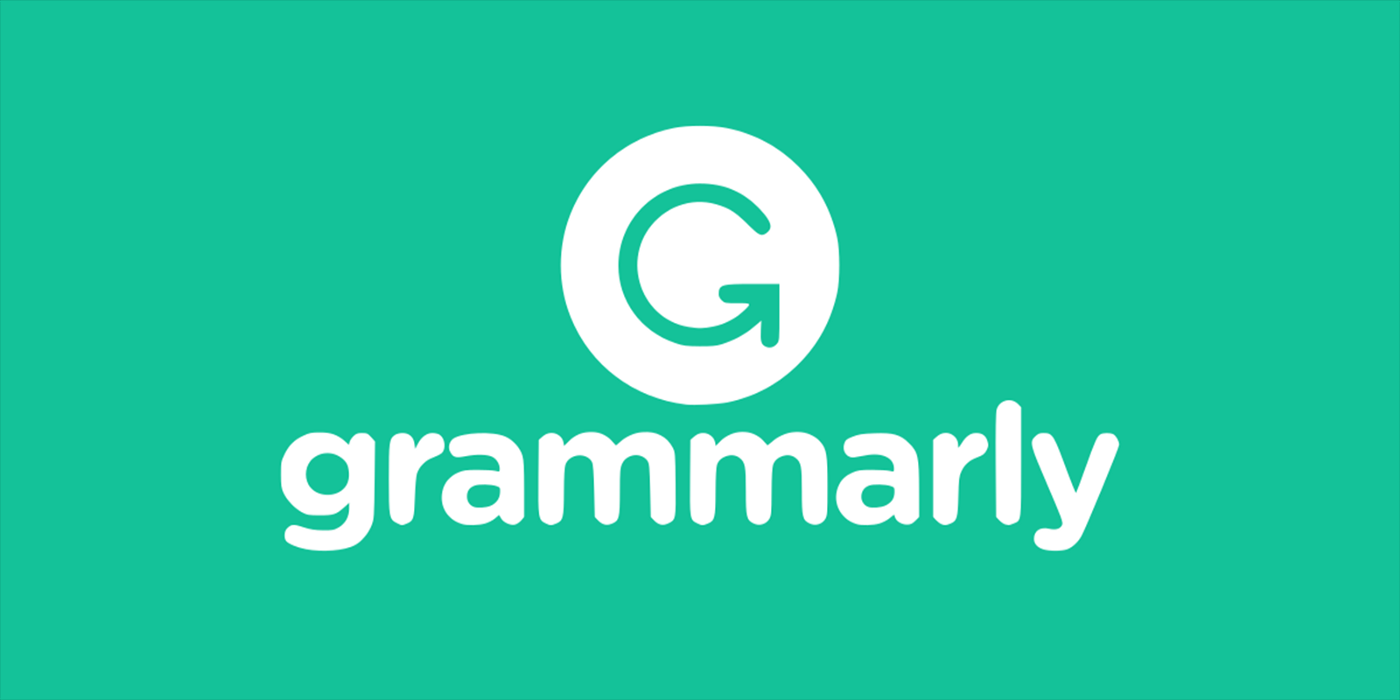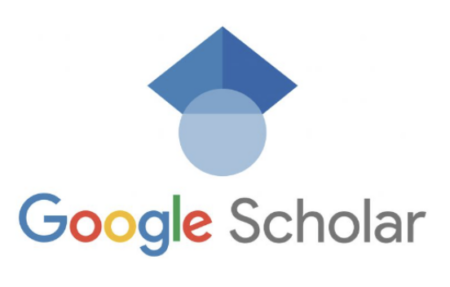Analyzing the Usability of University Siliwangi Website using Jakob Nielsen Method: Approach with User Satisfaction Surveys
Abstract
Full Text:
PDF (15-22)References
D. Aditya Febrianti, S. Hadi Wijoyo, and H. Muslimah Az-Zahra, “Evaluasi Usability Web UniPin dengan Menggunakan Metode Usability Testing,” 2019. [Online]. Available: http://j-ptiik.ub.ac.id
D. W. Ramadhan, B. Soedijono, and E. Pramono, “Pengujian Usability Website Time Excelindo Menggunakan System Usability Scale (SUS) (Studi Kasus: Website Time Excelindo),” Yogyakarta, Dec. 2019. [Online]. Available: https://excelindo.co.id
Y. Laven, “Evaluasi Usability Berdasarkan Nielsen Model Menggunakan Metode Usability Testing Pada Web Sistem Informasi Akademik Universitas Tanjungpura,” Jurnal TIN Universitas Tanjungpura, vol. 4, no. 2, 2020.
S. D. Puspitasari, “Analisis Usability Pada Aplikasi Microsoft Word Berdasarkan Model Nielsen,” 2019.
M. I. Hidayatullah, S. Hamza, and E. Gunawan, “Analisis User Experience Terhadap Website Progrez.Cloud Dengan Metode Usability Testing,” Jurnal Ilmiah Pendidikan Teknologi Informasi, vol. 6, no. 2, pp. 557–565, 2022.
K. M. Gunawan and F. Asnawi, “Usability Testing Pada Web Portal Kecamatan Leksono Menggunakan Nielsen Model,” JURNAL DEVICE, vol. 12, no. 1, pp. 36–42, 2022, [Online]. Available: https://kecamatanleksono.wonosobokab.go.id/
T. Yunitasari, “Usability Library Website (Studi Website UPT Perpustakaan Universitas Islam Negeri Raden Fatah Palembang),” UIN Raden Fatah Palembang, 2019.
M. S. C. L. Nio, “Efektivitas Penyebaran Informasi Publik Melalui Website Oleh Dinas Komunikasi dan Informatika Kabupaten Ngada,” Repositori IPDN, 2022.
A. Setiawati, A. Rahim, and D. Kisbianty, “Pengembangan dan Pengujian Aspek Usability pada Sistem Informasi Perpustakaan (Studi Kasus : STIKOM Dinamika Bangsa Jambi),” 2018.
K. Saichaie and C. C. Morphew, “What College and University Websites Reveal about the Purposes of Higher Education,” J Higher Educ, vol. 85, no. 4, pp. 499–530, Jul. 2014, doi: 10.1080/00221546.2014.11777338.
Z. Ishak, O. Alexander, O. I. Al-Sanjary, and E. Yusuf, “Potential Students Preferences Towards University Website Interface Design:The Methodology,” in 2020 16th IEEE International Colloquium on Signal Processing & Its Applications (CSPA), IEEE, Feb. 2020, pp. 115–119. doi: 10.1109/CSPA48992.2020.9068724.
S. M. Almahamid, A. F. Tweiqat, and M. S. Almanaseer, “University website quality characteristics and success: lecturers’ perspective,” Int J Bus Inf Syst, vol. 22, no. 1, p. 41, 2016, doi: 10.1504/IJBIS.2016.075717.
J. R. Griffiths, F. Johnson, and R. J. Hartley, “User satisfaction as a measure of system performance,” Journal of Librarianship and Information Science, vol. 39, no. 3, pp. 142–152, Sep. 2007, doi: 10.1177/0961000607080417.
B. Chris and C. Jerry, “The Guide to Usability Testing.”
A. B. Bergbauer, E. A. Hanushek, and L. Woessmann, “Testing,” Journal of Human Resources, vol. 59, no. 2, pp. 349–388, Mar. 2024, doi: 10.3368/jhr.0520-10886R1.
G. W. Intyanto, N. A. Ranggianto, and V. Octaviani, “Pengukuran Usability pada Website Kampus Akademi Komunitas Negeri Pacitan Menggunakan System Usability Scale (SUS),” Walisongo Journal of Information Technology, vol. 3, no. 2, pp. 59–68, Dec. 2021, doi: 10.21580/wjit.2021.3.2.9549.
I. Maramba, A. Chatterjee, and C. Newman, “Methods of usability testing in the development of eHealth applications: A scoping review,” Int J Med Inform, vol. 126, pp. 95–104, Jun. 2019, doi: 10.1016/j.ijmedinf.2019.03.018.
R. Pratama and A. W. Sudrajat, “Pengukuran Tingkat Kebergunaan Aplikasi PLN Mobile Menggunakan Model System Usability Scale dam Teori Jakob Nielsen,” Jurnal informasi dan Komputer, vol. 11, no. 1, 2023.
N. Asnawi, R. Pamungkas, and D. G. Prasetyo, “Analisis Usability Website Program Studi Sistem Informasi Unipma Menggunakan Metode System Usability Scale,” Fountain of Informatics Journal, vol. 8, no. 1, pp. 21–25, May 2023, doi: 10.21111/fij.v8i1.9408.
Suirman, A. Linda, and E. F. Agustini, “ANALISIS USABILITY PADA WEBBSITE DINAS PEMUDA DAN OLAHRAGA PROVINSI SUMATERA SELATAN,” 2017.
Y. Mz, “Evaluasi Penggunaan Website Universitas Janabadra Dengan Menggunakan Metode Usability Testing,” Jurnal Informasi Interaktif, vol. 1, no. 1, 2016.
T. Chen, G. Cong, L. Peng, X. Yin, J. Rong, and J. Yang, “Analysis of user satisfaction with online education platforms in china during the covid-19 pandemic,” Healthcare (Switzerland), vol. 8, no. 3, 2020, doi: 10.3390/healthcare8030200.
A. Al‐Maskari and M. Sanderson, “A review of factors influencing user satisfaction in information retrieval,” Journal of the American Society for Information Science and Technology, vol. 61, no. 5, pp. 859–868, May 2010, doi: 10.1002/asi.21300.
Sugiyono, Metode Penelitian Kuantitatif, Kualitatif, dan R&D, 3rd ed. Bandung: Alfabeta, 2021.
D. Hasyim, A. Imran, and H. A. Imran, “Peran Sampling dan Distribusi Data dalam Penelitian Komunikasi Pendekatan Kuantitatif,” Jakarta, 2017.
I. Larasati, “Evaluasi Penggunaan Website Universitas Islam Negeri Syarif Hidayatullah Jakarta dengan Menggunakan Metode Usability Testing,” 2020. [Online]. Available: www.dictio.id
P. Sukmasetya, A. Setiawan, and E. R. Arumi, “Penggunaan Usability Testing Sebagai Alat Evaluasi Website KRS Online Pada Perguruan Tinggi,” Jurnal Sains dan Teknologi, vol. 9, no. 1, pp. 58–67, 2020.
A. G. Prawiyogi, T. L. Sadiah, A. Purwanugraha, and P. N. Elisa, “Penggunaan Media Big Book untuk Menumbuhkan Minat Membaca di Sekolah Dasar,” Jurnal Basicedu, vol. 5, no. 1, pp. 446–452, Jan. 2021, doi: 10.31004/basicedu.v5i1.787.
A. Joshi, S. Kale, S. Chandel, and D. Pal, “Likert Scale: Explored and Explained,” Br J Appl Sci Technol, vol. 7, no. 4, pp. 396–403, Jan. 2015, doi: 10.9734/BJAST/2015/14975.
D. Bertram, “Likert Scales …are the meaning of life.” [Online]. Available: http://www.performancezoom.com/performanceszoom_fichiers/likert.gif
DOI: https://doi.org/10.37058/jaisi.v2i1.10810
Refbacks
- There are currently no refbacks.
International Journal of Applied Information Systems and Informatics (JAISI)
Department of Information Systems, Faculty of Engineering, Siliwangi University Tasikmalaya
email: jaisi@unsil.ac.id
Jalan Siliwangi No. 24 Kelurahan Kahuripan Kecamatan Tawang Kota Tasikmalaya 46115

This work is licenced under a Creative Commons Attribution 4.0 International Licence






